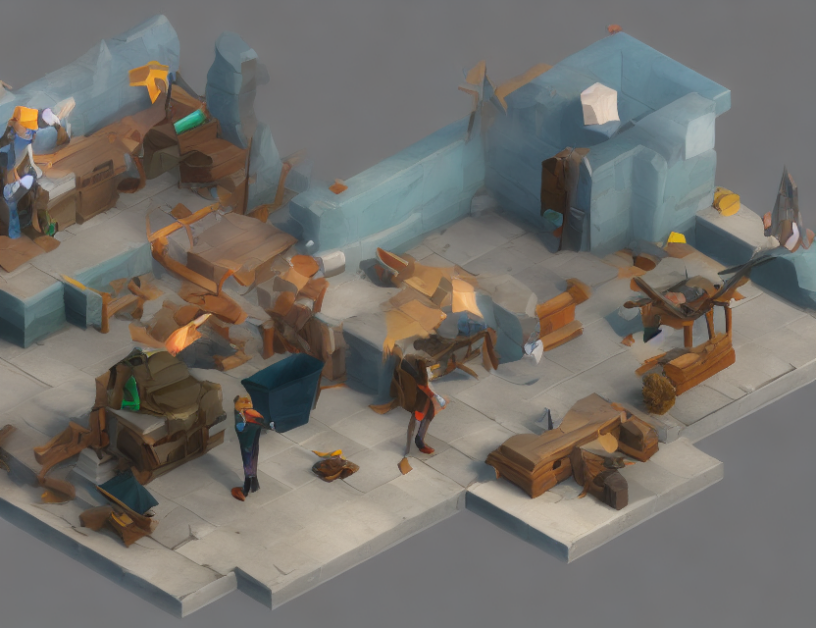In this article, we delve into the realm of few-shot classification, where models are trained on a small number of labeled examples to tackle new classes with ease. We explore the current state-of-the-art methods, including meta-learning, pretraining, and ensemble learning. By breaking down these techniques into digestible pieces, we uncover their strengths and weaknesses, providing a comprehensive understanding of their capabilities.
Meta-Learning: The Ultimate Few-Shot Champion
Imagine you’re trying to learn a new language with only a handful of phrases. Meta-learning is like a super smart language learner that figures out how to communicate effectively without being explicitly taught each word or grammar rule. It leverages the power of episodic training, where the model learns generalizable features by adapting to new classes through multiple iterations.
Pretraining: The Pillar of Few-Shot Learning
Pretraining classifiers or image encoders on a large dataset and fine-tuning them for novel classes is like building a solid foundation for few-shot learning. By leveraging the knowledge gained from pretraining, models can quickly adapt to new classes with minimal additional training data.
Ensemble Learning: The Magic of Combining Knowledge
Combining multiple models trained on different subsets of the data through ensemble learning is like creating a powerful orchestra where each instrument plays its unique tune. By combining the strengths of various models, ensemble learning can produce exceptional few-shot performance.
Hybrid Approaches: The Key to Unlocking Incremental Learning
Hybrid approaches that combine different techniques, such as episodic training, pretraining, and ensemble learning, are like unlocking a treasure chest filled with diverse tools for few-shot classification. By integrating these techniques, hybrid methods can create a robust framework capable of adapting to new classes in an incremental manner.
In conclusion, the art of few-shot classification is a complex yet fascinating realm where models are trained on limited examples to tackle novel classes with ease. By understanding the current state-of-the-art techniques and their limitations, we can unlock the secrets of few-shot learning and create models that can adapt to new situations with remarkable accuracy.



